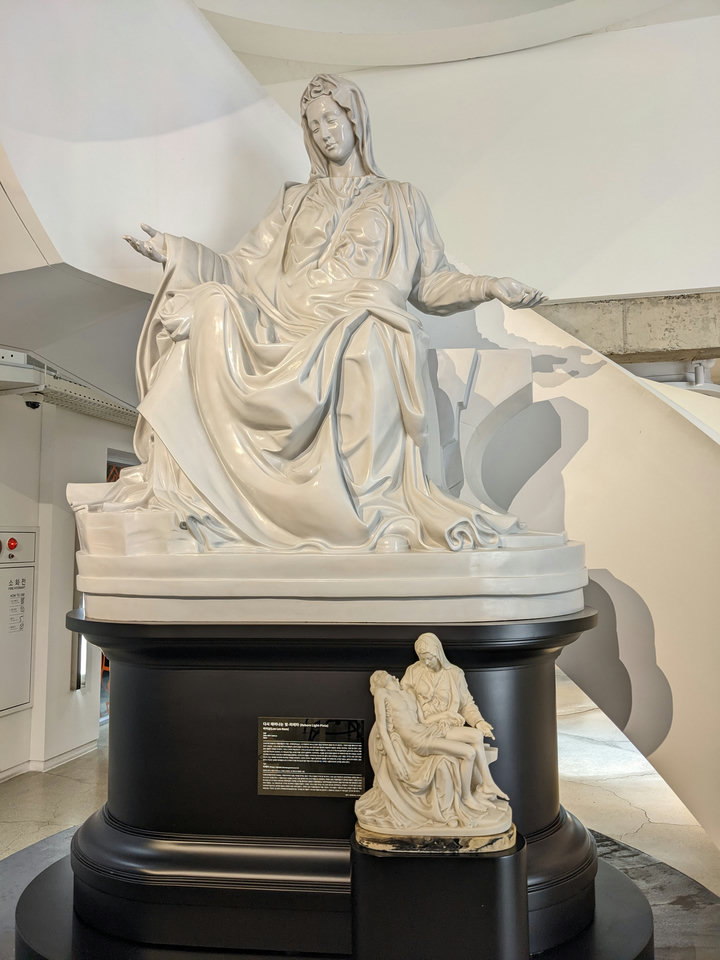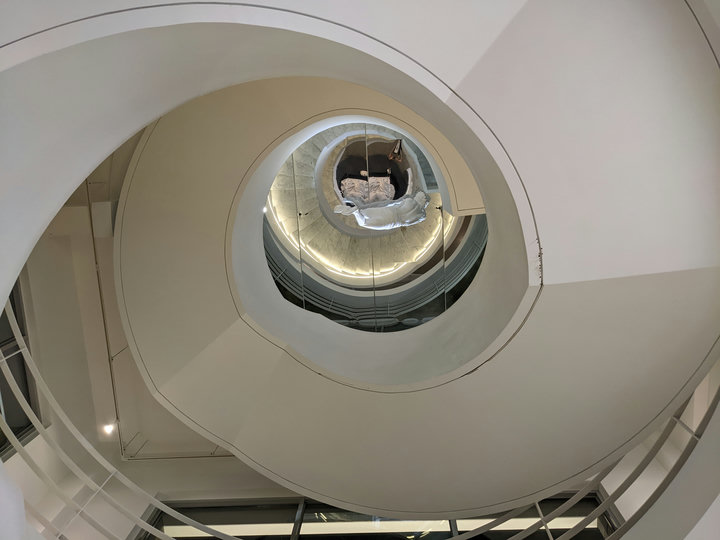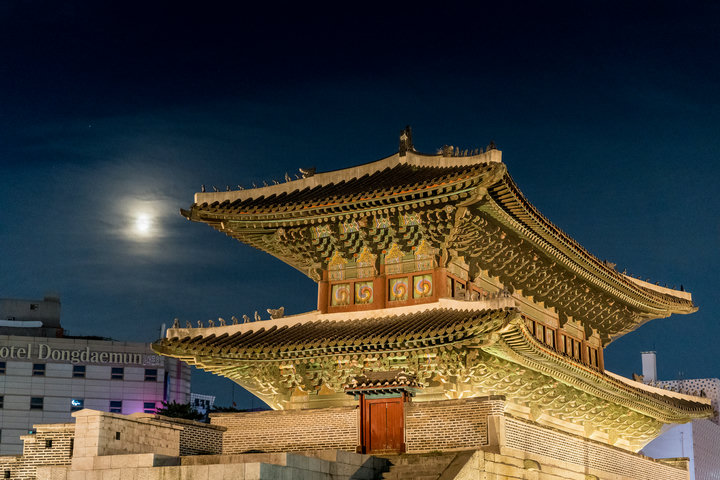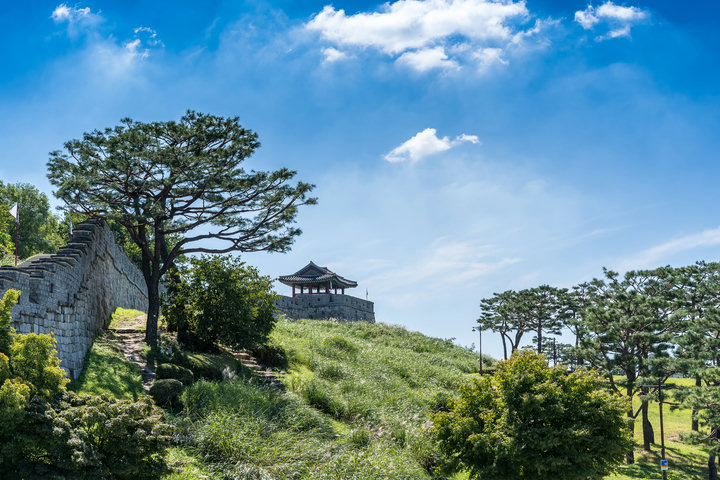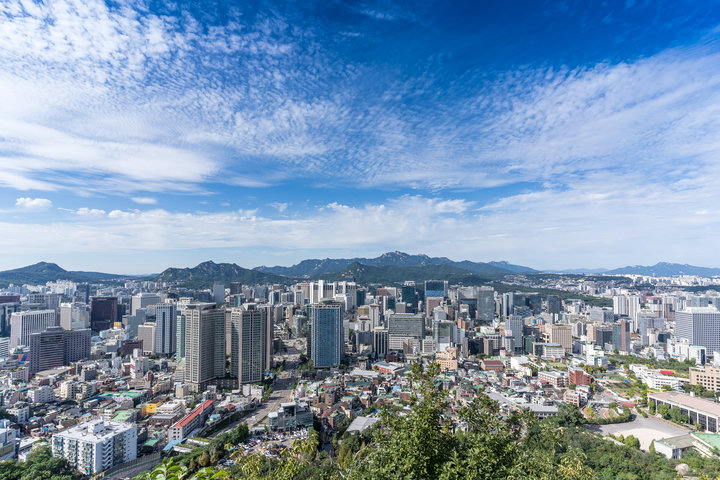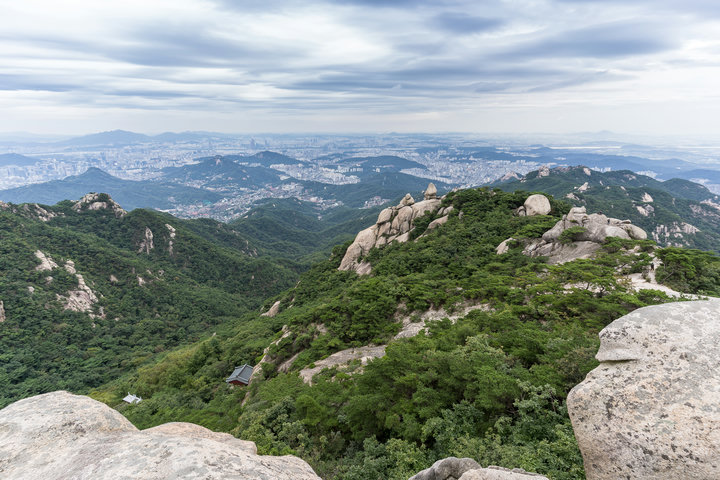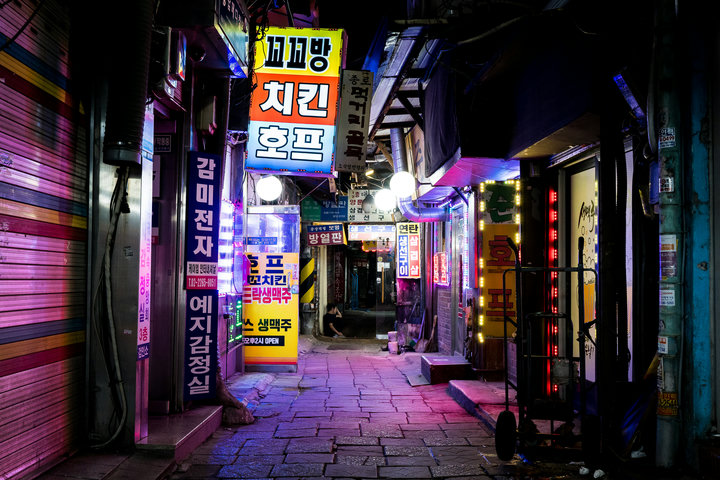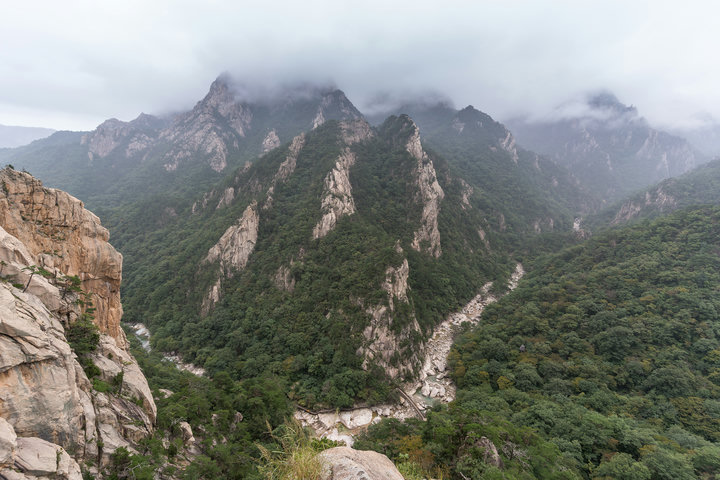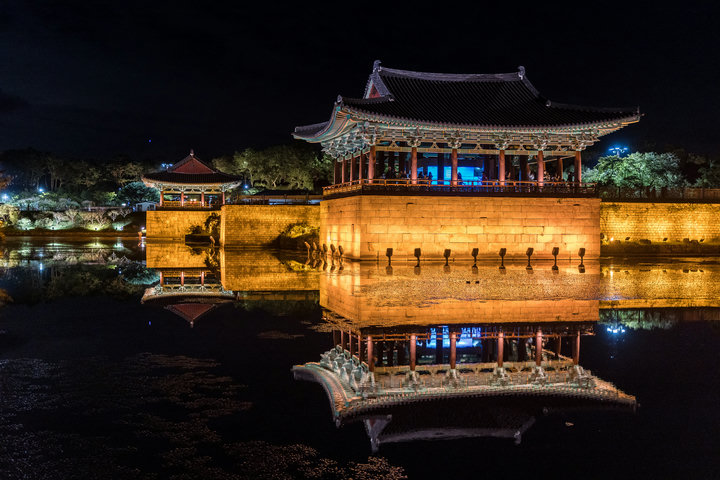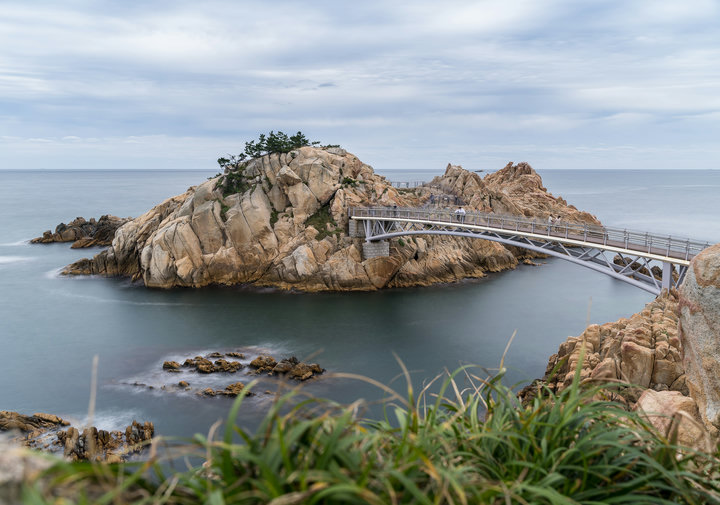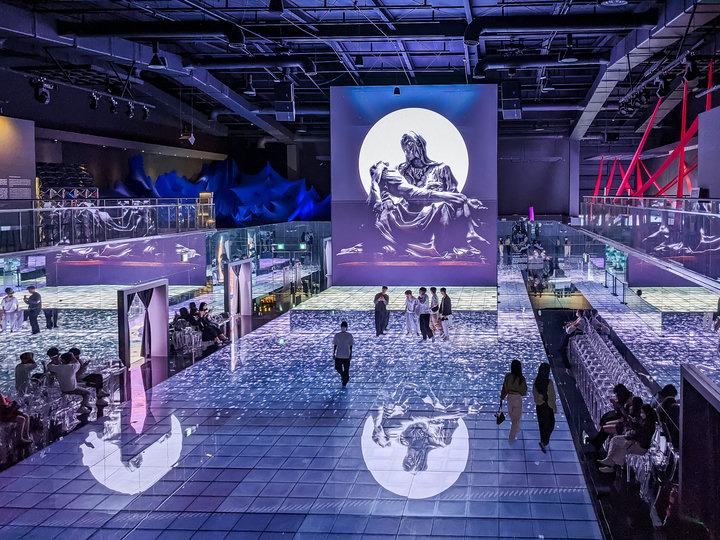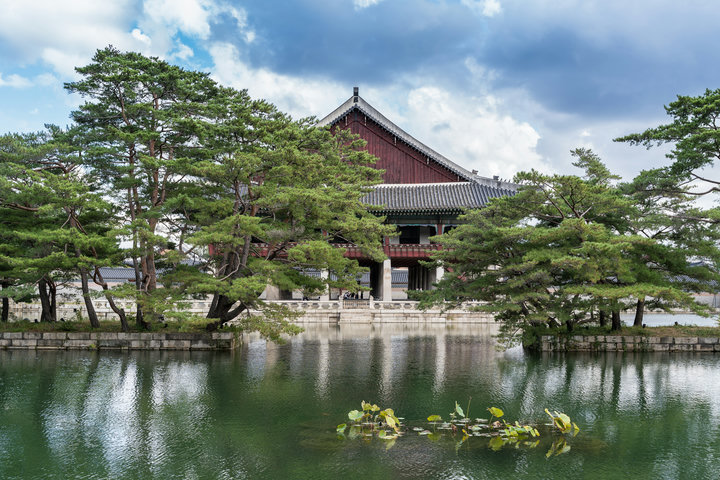Day Twenty Three-Twenty Four
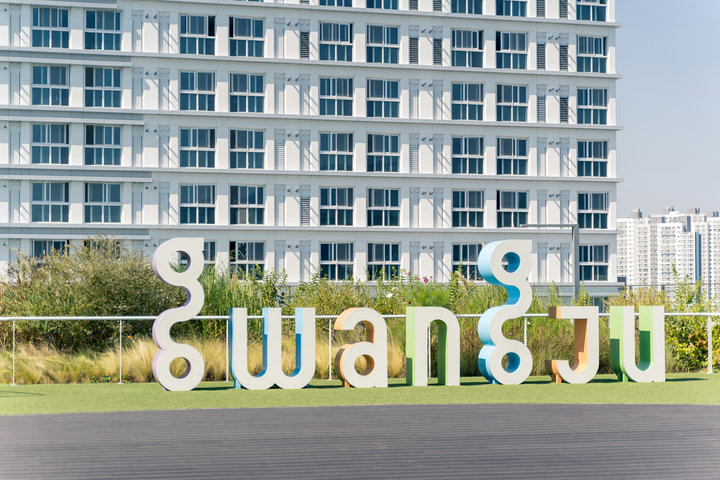
From the southern tip of Busan, it's time to head back up to Seoul, stopping at Gwangju. Gwangju is considered the birthplace for the Korean democracy, which we'll revisit later on.
GwangjuSouth Korea35.16667/126.91667
After stepping off the bus from Busan, I did the customary wander around the neighbourhood to figure out where the convenience stores, café's and restaurants are.
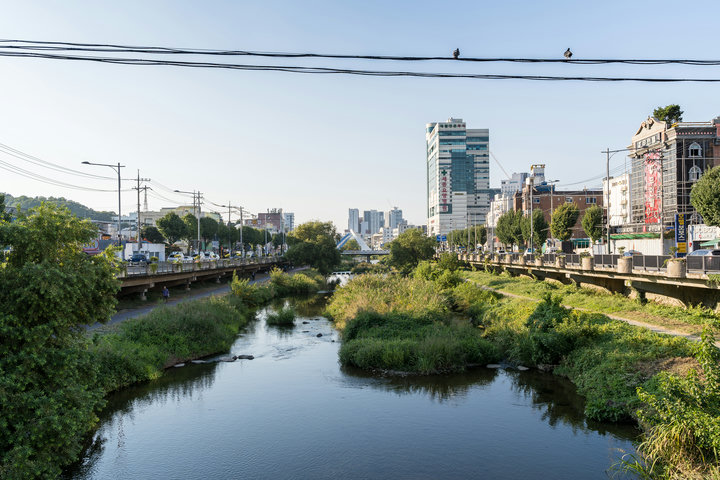
Nearby was a little area called Penguin Village, mostly murals and other "artsy" things plopped about. Nice for a little walk, though.
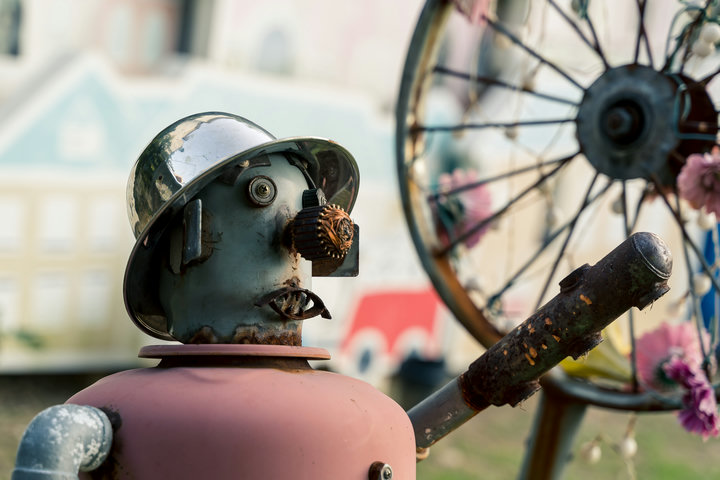
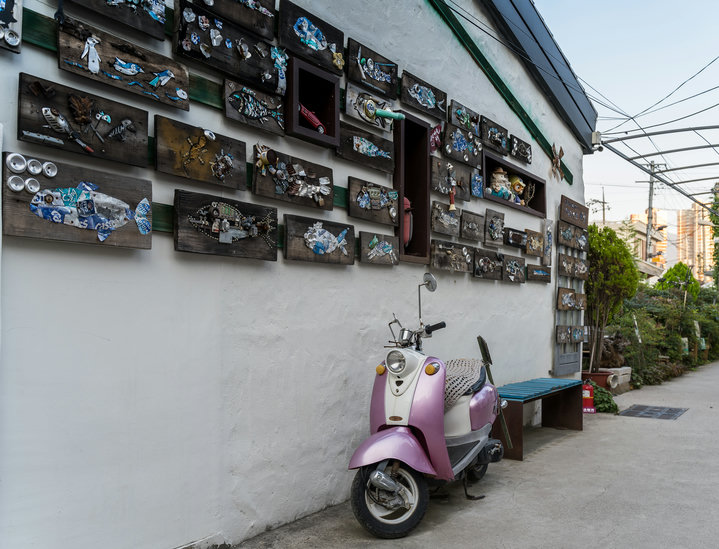

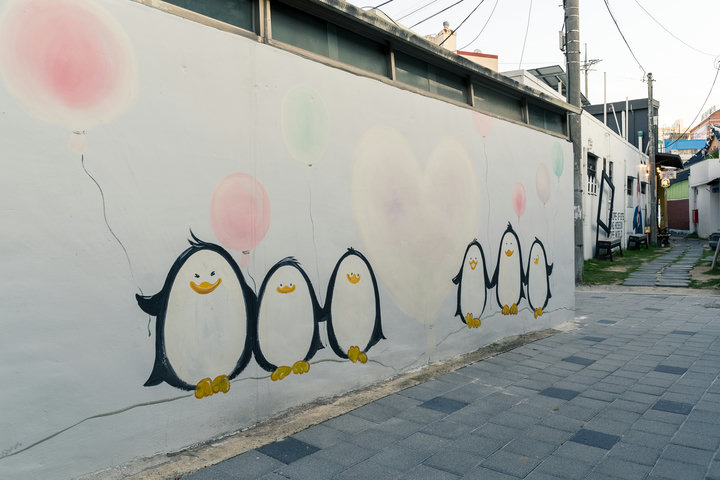
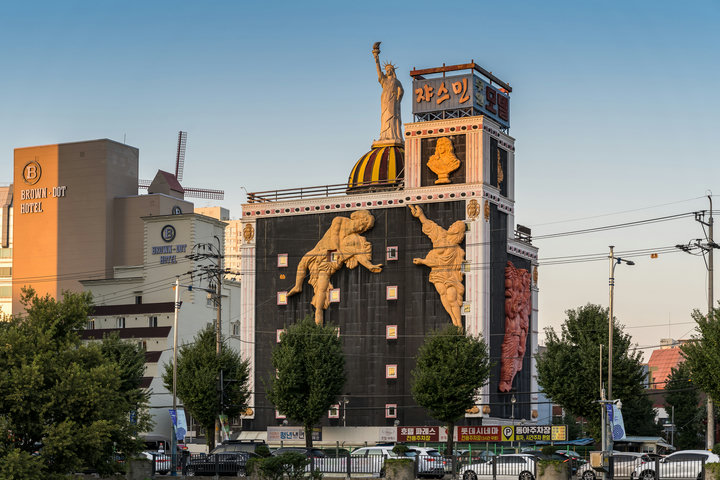
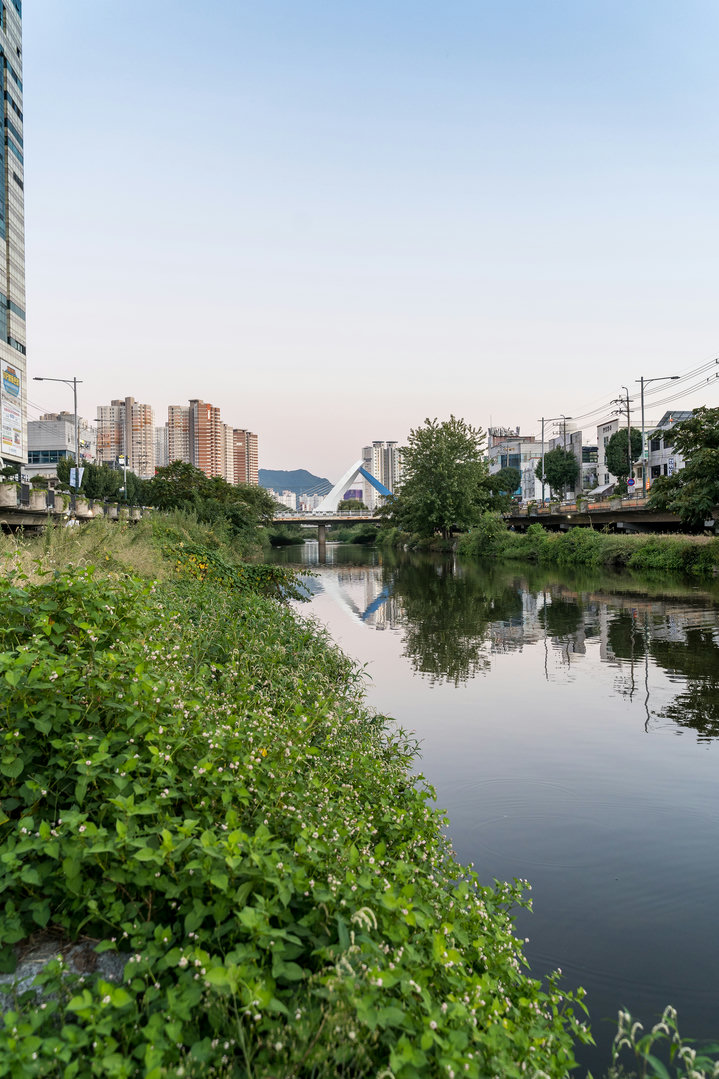
Dinner was interesting, I thought I played it safe with Pork-Jeon (pancakes), but if you look closely at the side-dishes you can see Beondegi, or Silkworm. They were actually quite nice and I kind of ate all of them.
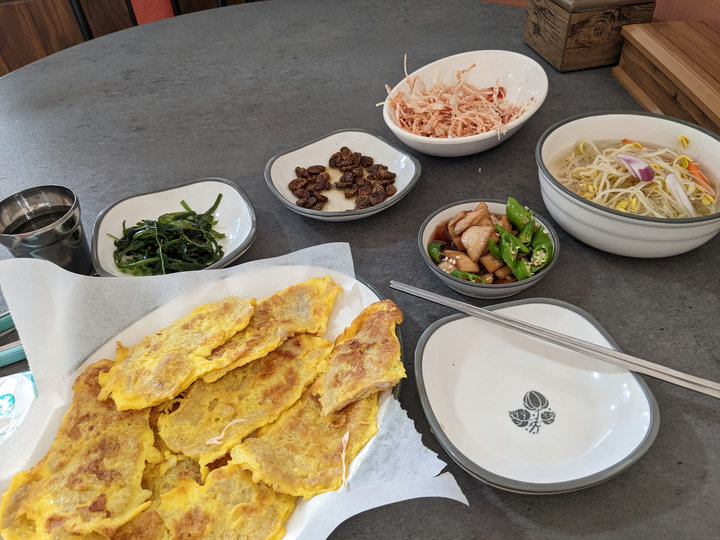
The next day I made my way over to the city center to visit a couple of museums.
The first one was the Asia Culture Center, where they had a free exhibition with digital media.
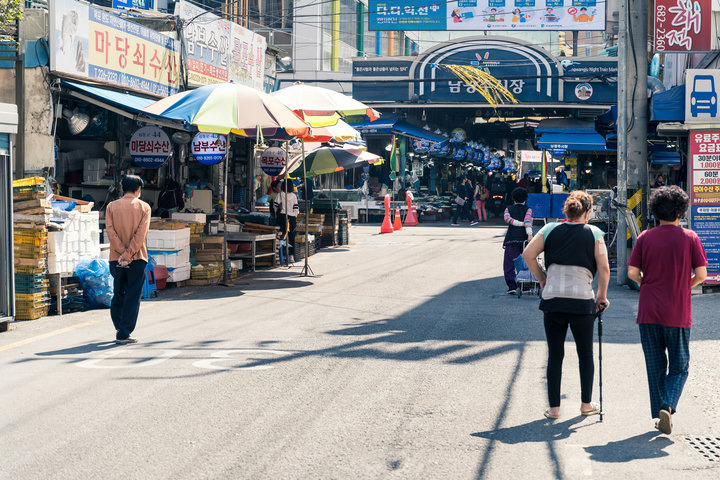

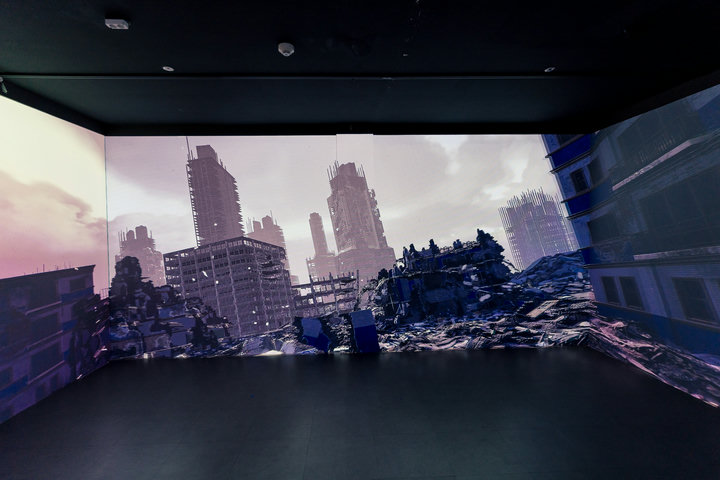
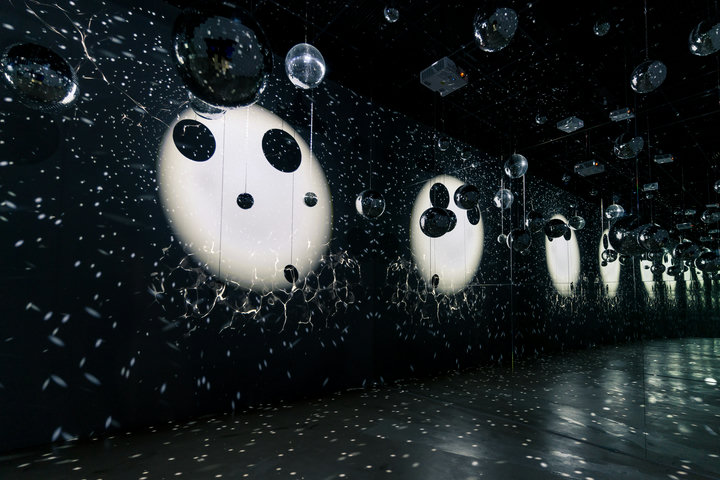
It was quite nice, but a "you should see it in person" exhibit, with lots of interactivity.
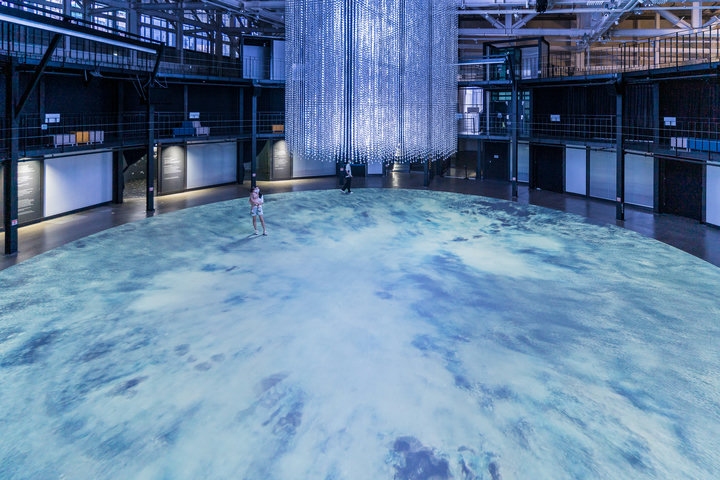

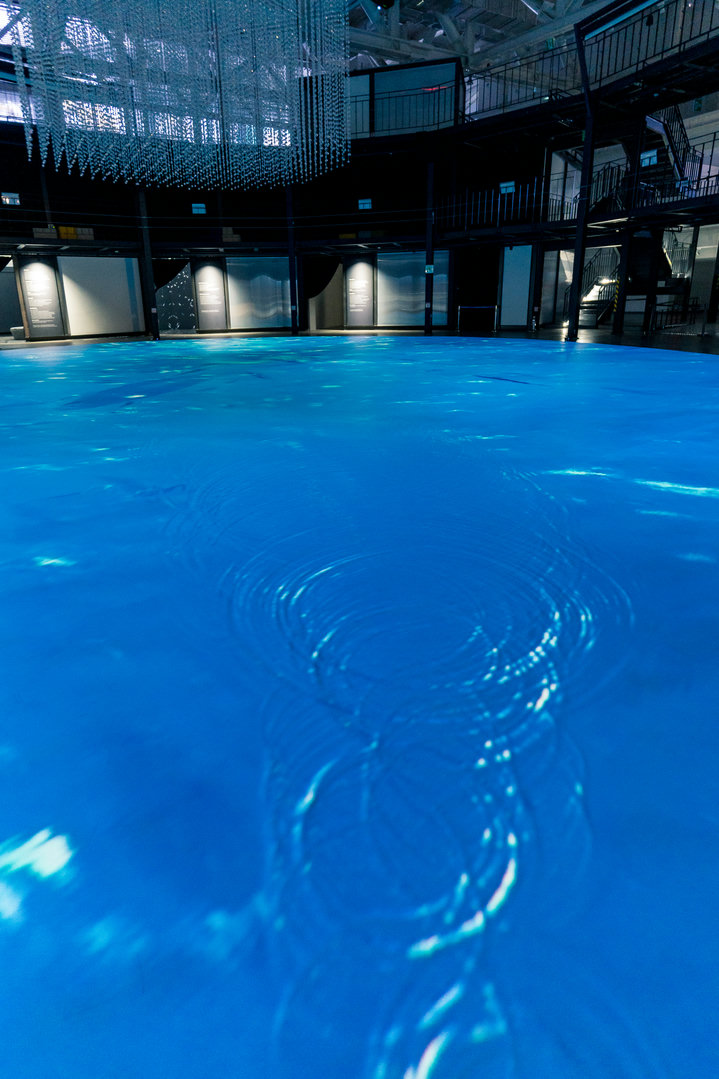
Like little puddles where you walk, or if you stand next to the character below, they get happy and show the world in bloom.
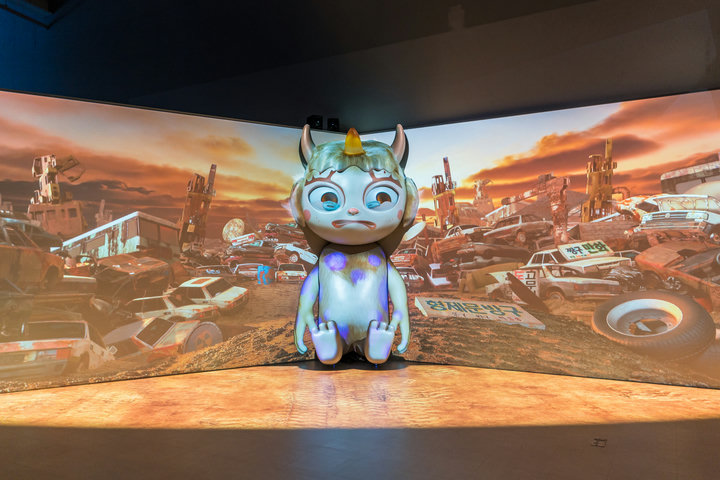
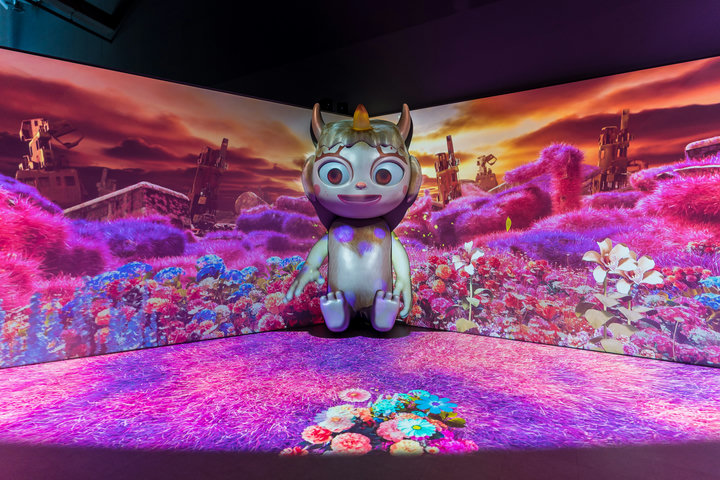
Stepping outside, there was a little stall selling waffle-like cookies filled with vanilla.
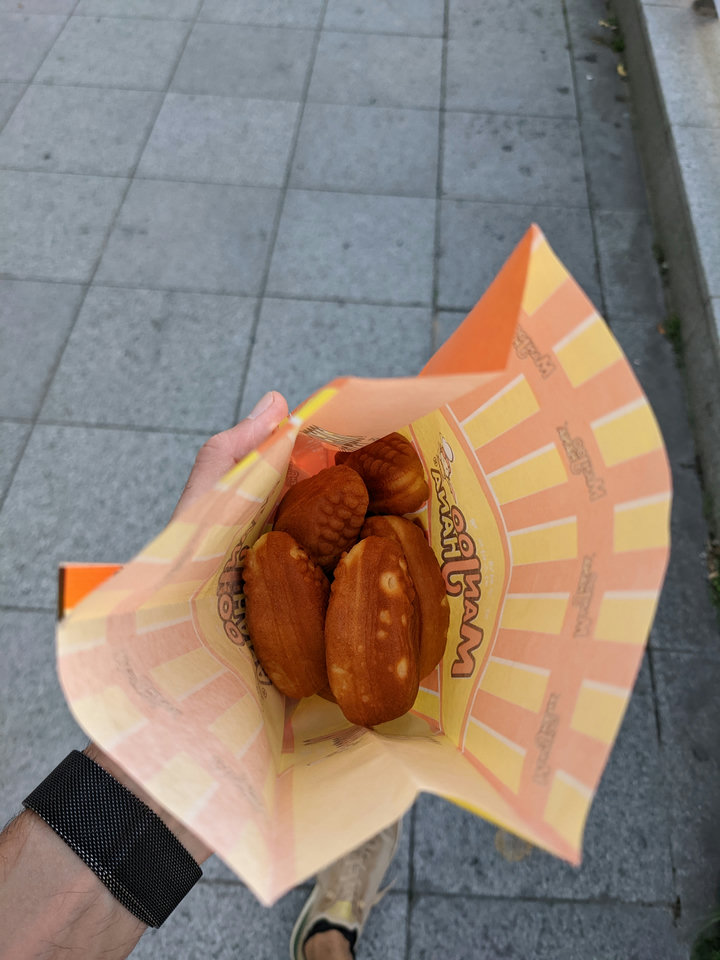
The main reason for the visit to Gwangju was the Jeonil Building. Besides a nice rooftop view, it also contains a museum dedicated to the Gwangju uprising.
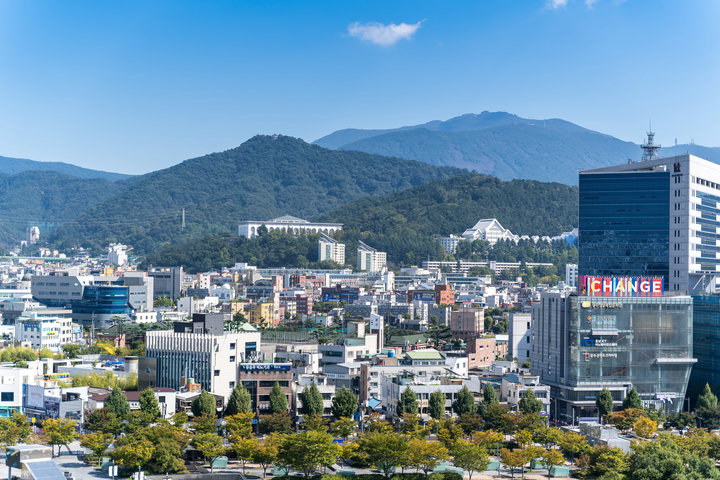
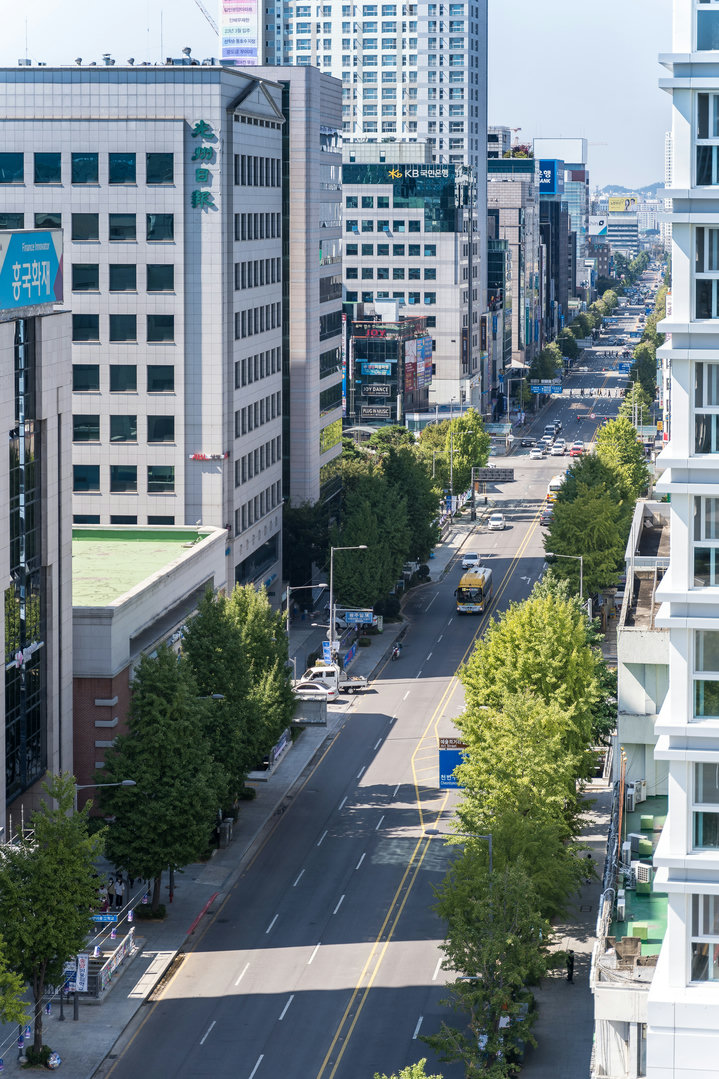
South Korea hasn't been a democracy for that long, it was ruled by the military under the guise of democracy. In 1980 students in Gwangju started a demonstration that over the days grew in numbers and eventually the military was called in to suppress it, resulting in many injuries and deaths.

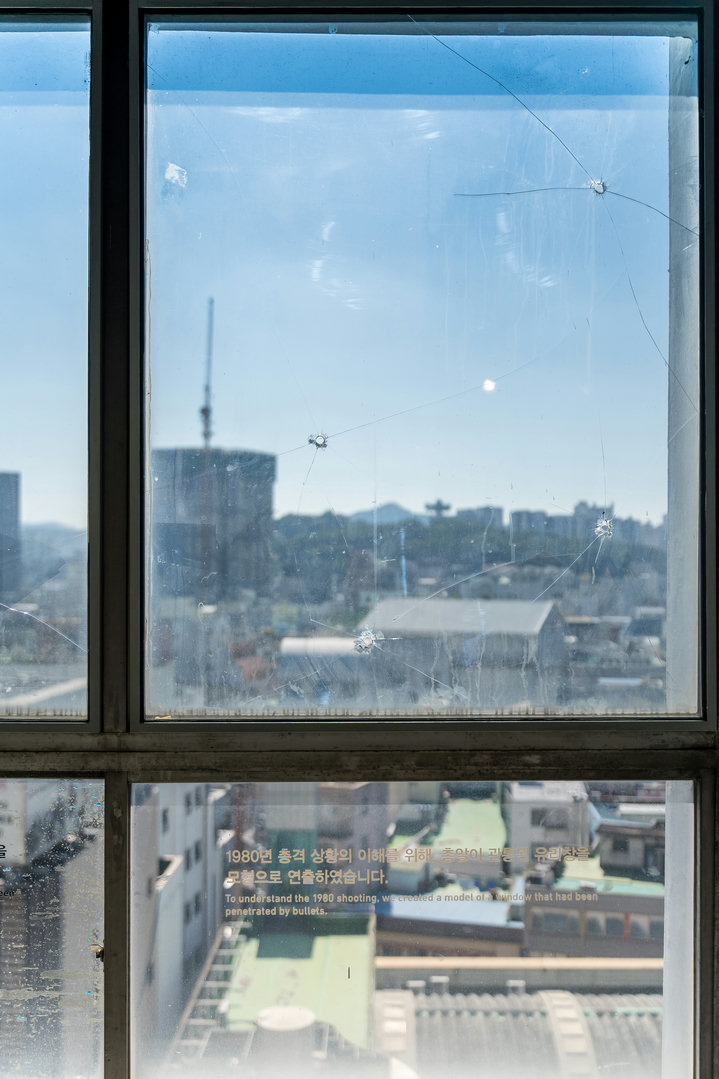
The Jeonil Building, plays a part in this story, as it was a place where protestors hid from the army, and was taken under fire by a helicopter. The results have been preserved and a museum was formed around one of the impact sites.

The museum goes into detail of the entire ~10-day event and the aftermath that eventually lead to the Korean Democracy as we know it today.
I was guided around by a staff member who was a student in Gwangju at the time, but decided to go home instead. Regretful to this day for not participating, he now tries to make up for it by telling the story at the museum.
The reason I got interested in this was the movie A Taxi Driver that chronicles the true story about a taxi driver from Seoul who takes the job to smuggle out footage of the riots, taken by a German journalist called Jürgen Hinzpeter.
Back into the real world again, it was time for dinner, Bibimbab with lots of delicious side dishes.
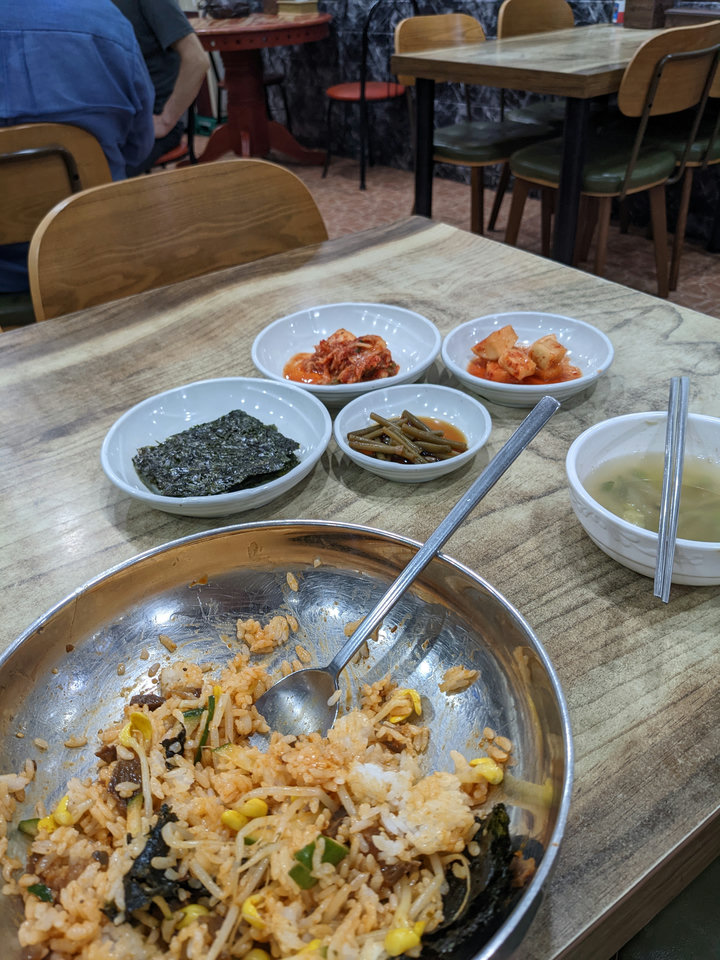
After dinner I headed to a fancy coffee shop with way-to-expensive(and bitter, because that's a thing with expensive) coffee in a building with statues and other fancy exhibitions. Not my scene.
